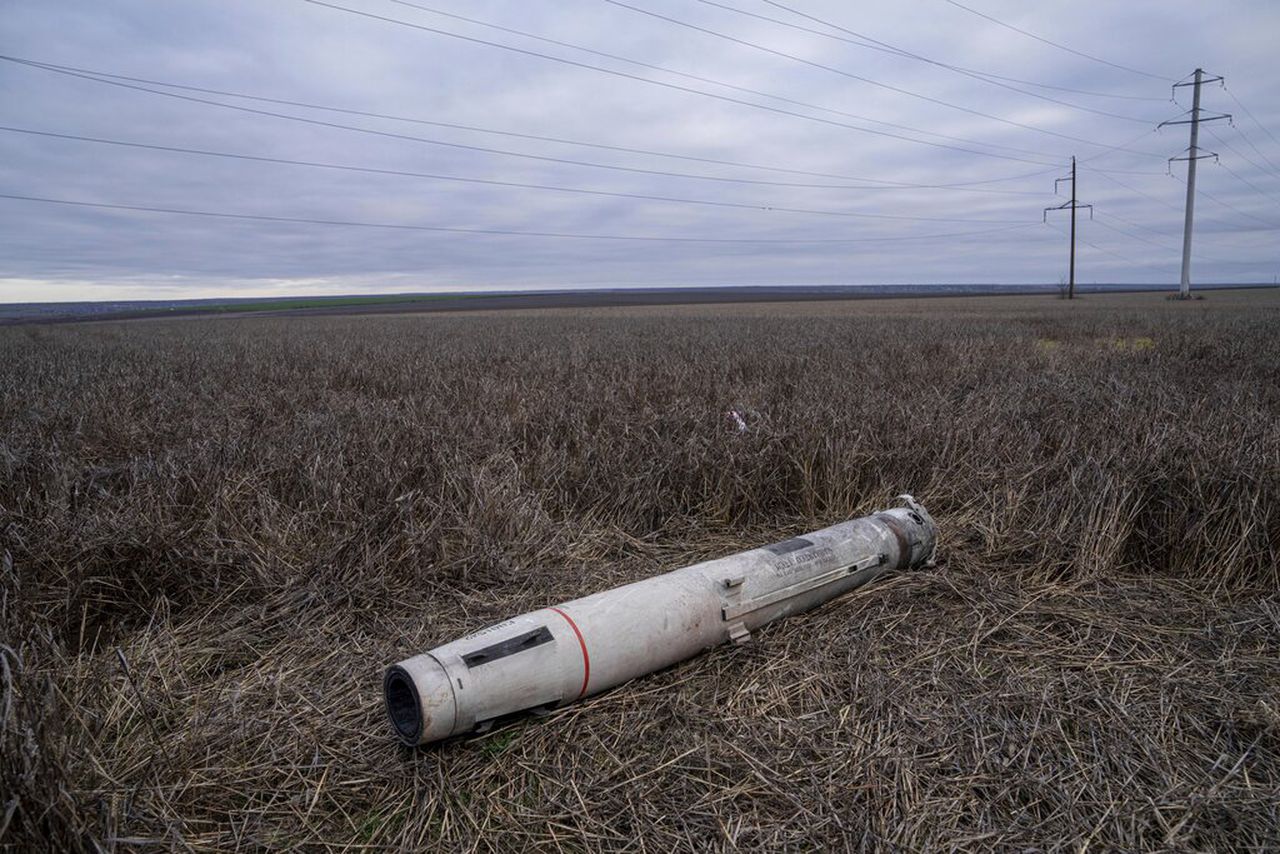Ukraine battlefields yielding weapons U.S. experts didn’t expect to see
Federal agencies briefed companies in Huntsville for a second day Thursday on what the government needs from them to keep ahead of Russia and China and aggressive modern criminal gangs. It also gave a look at what some Redstone Arsenal workers do.
America is getting and studying valuable weapons from the battlefields of the current war in Ukraine. “We’re seeing things, quite frankly, we did not expect to have access to,” said Kim King, director of the American Missile & Space Intelligence Agency (MISC), “and that’s been very exciting.” That includes both hardware and software, she said.
More than 700 people representing tech companies and suppliers were watching briefings like King’s on the second day of the arsenal’s annual Advance Planning Briefings to Industry. Most of those viewers were online with others in an auditorium on the base.
To put the briefings in perspective, federal defense spending in Alabama topped $12.2 billion statewide in fiscal year 2021, figures show. That ranked the state No. 11 in defense contract spending per state nationally and was up from $11.5 billion in FY 2020. Madison County was the destination for $10 billion of that spending. By comparison, Alabama will spend $8.3 billion on education in 2023 and $2.7 billion on everything else.
King talked about her 1,000-person organization that is one of the fastest growing on the arsenal. “We write analytic papers that go to the president, to members of Congress, to the Secretary of Defense to help those decision-makers make their decisions,” King said of MISC’s mission.
King directs the engineers and other experts that work up those threat briefings. They study foreign ballistic missile systems, directed-energy weapons (lasers), anti-tank guided missiles and the command-and-control systems that operate them.
“Our job is to try to characterize these weapon systems, quantify their performance, understand how they are employed and their vulnerabilities so they can be defeated,” King said.
King said MISC’s military customers want to know if a given weapon can be defeated and how. “Do we have a countermeasure in effect? Can we advise a warfighter to maybe change tactics to evade these threats?” King said. “Or do we need to work with the acquisition community to develop a new countermeasure?”
“We are growing,” King said of MISC, and she called that “a good thing.” She said the organization broke ground last month on a 200,000-square-foot addition on the arsenal. “We’re growing in people, we’re growing in money, we’re growing in space,” King said. “That’s a great place to be because the threat is becoming more complex.”
For its part, the FBI has already spent more than $3 billion on its new campus going up on the arsenal. Four buildings are open and others are under way. The estimated 3,500 people who will eventually work there will make the campus the second-largest facility in the FBI. The Washington area still leads with 8,200 and two other sites in Clarksburg, W.V., (2,800) and Quantico outside D.C. (3,200) follow Huntsville.
Briefer Paul Flood, an FBI procurement officer, spent extra time in Thursday’s briefing describing the agent training facility that will go up on the site. He described it in terms of Hogan’s Alley, the model small town used for training FBI agents in Virginia. He called it “Hogan’s Alley on steroids” and said “thousands” of students will pass through it.
Role-playing team members will mimic people caught up in bank robberies and terrorist attacks, Flood said. At least some of those role players will be professional actors, he said.
